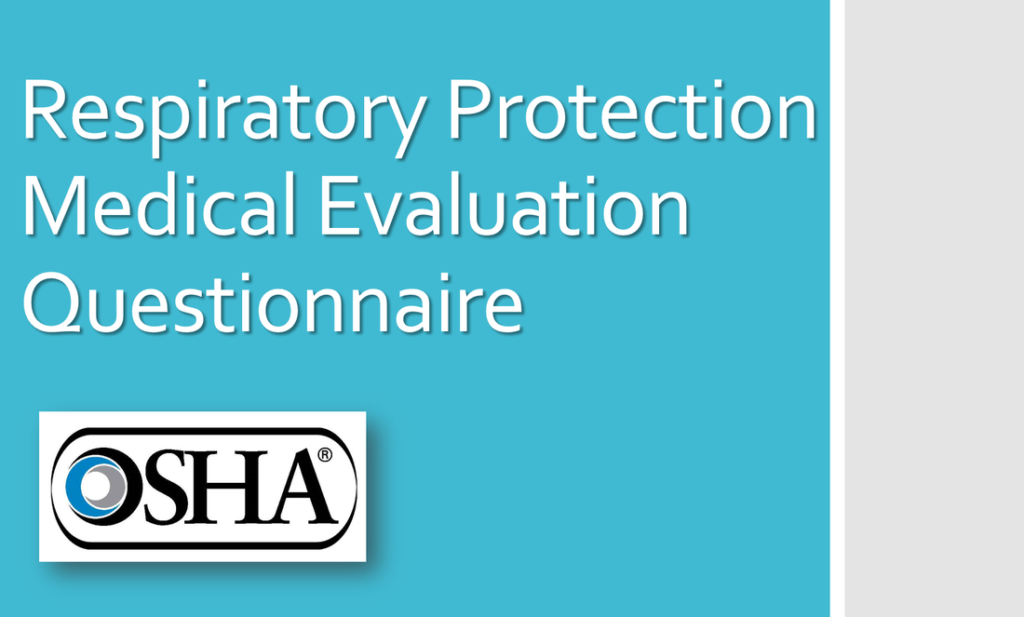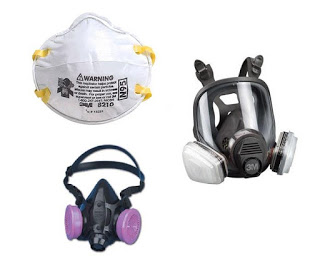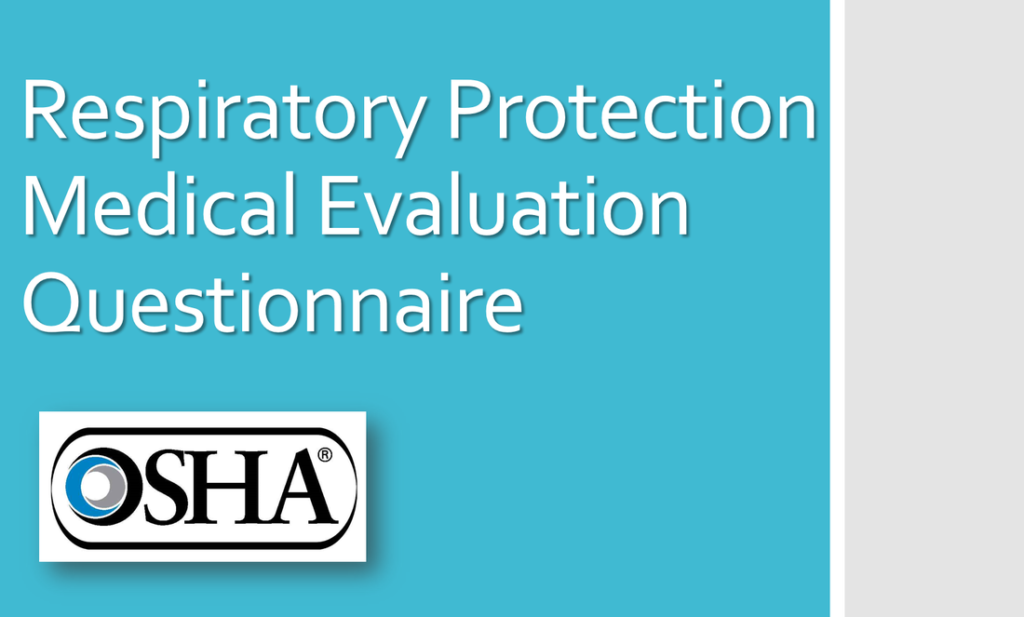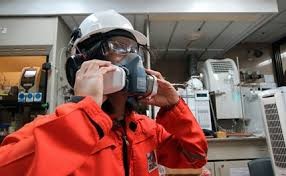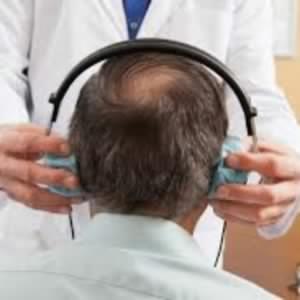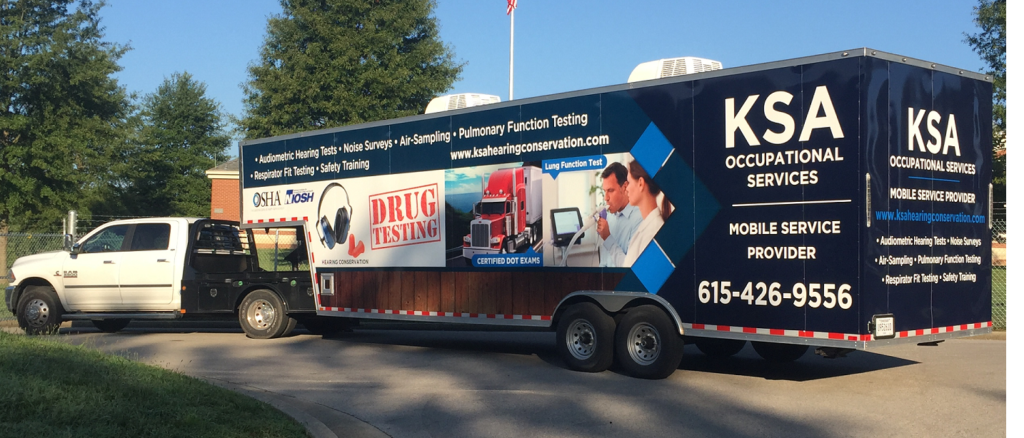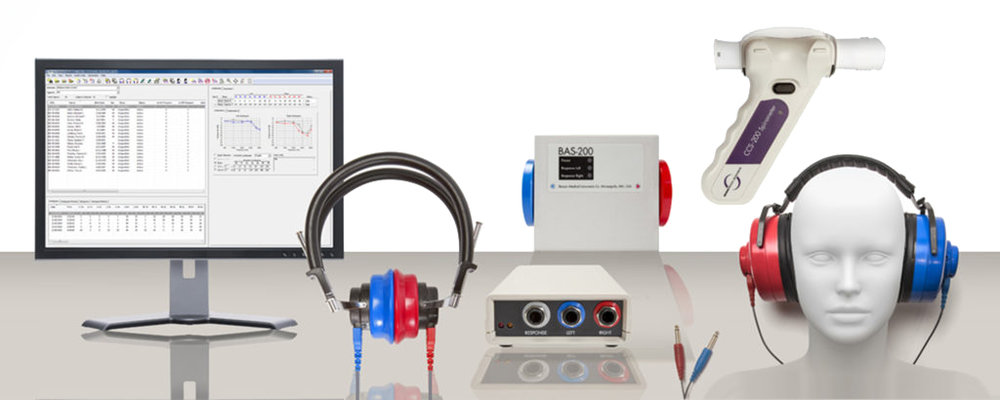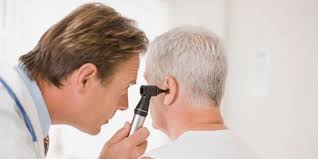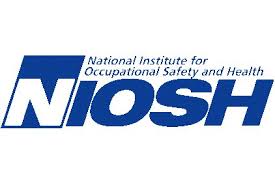
Respirator Medical Clearance Respir…
DID YOU KNOW THAT A RESPIRATOR FIT TEST IS A MANDATORY ANNUAL OSHA COMPLIANT TEST?
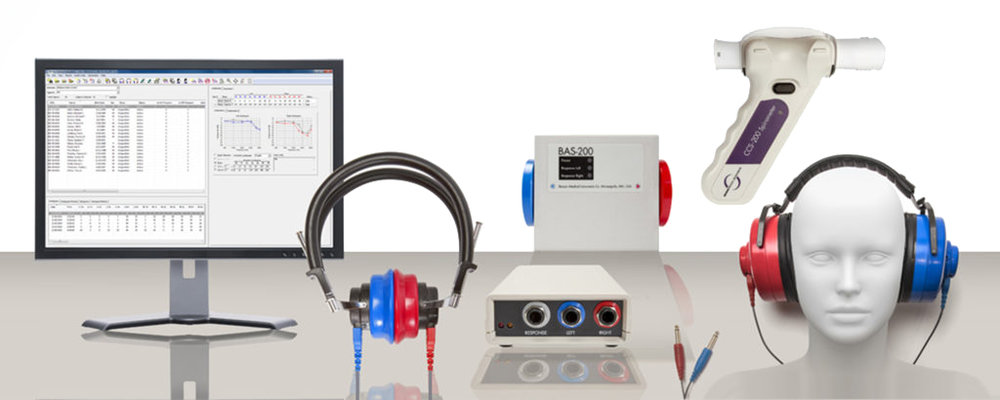
KSA Occupational Services can help your organization implement a respiratory protection program and take care of your OSHA HEARING CONSERVATION PROGRAM.
KSA offers a full range of respiratory fit testing to help your organization remain compliant with the Occupational Safety and Health Administration (OSHA) and, the Mine Safety and Health Administration (MSHA) regulations. KSA delivers comprehensive qualitative fit testing and quantitative fit testing to your employees at the job site. Reducing costs and loss of work time using offsite exams.
KSA Respiratory fit testing guarantees the functionality of your respiratory equipment.
Ensuring the mask fit test is perfect for a broad range of devices, including:
- Dust masks
- Self-contained breathing apparatus (SCBA)
- Half-face masks
- Full-face masks
- Supplied air respirators
Employees working a position that is regulated by OSHA Respirator Standard CFR 1910.134 are required to have a respirator fit testing done at least once a year. The test is always done before working with a new mask or after changes in the employee’s facial characteristics. Annual or more frequent tests ensure a continuous protection against mask wear and tear and facial changes.
Qualitative Respirator Fit Test
For job positions where a mask is required, KSA Occupational Services specializes in the affordable and effective testing procedure called Qualitative testing. In this test, the employee wears the facemask along with a hood over their head. The tester then applies a series of test agents and gauges the employee’s ability to detect the smells and tastes. Individuals who are able to detect these agents must have their mask adjusted or changed for proper fitting.
The test agents generally used include:
Saccharin – a sweet tasting solid aerosol.
- Isoamyl acetate – a liquid that produces a sweet smelling vapor similar to bananas.
- BitrexTM – a bitter tasting solid aerosol.
- Irritant smoke – a solid aerosol made of stannic oxychloride that produces hydrochloric acid when it comes in contact with water vapor.
Pulmonary Function Test
Many times a respirator fit test is done along with a Pulmonary Function Test (PFT), also known as a Spirometry. Whereas the respirator fit testing ensures the mask worn is the right fit and model for the employee, the pulmonary function test actually gauges the employee’s lung health. Most often, employers use this test to develop a baseline to compare future against future tests.
Having this established baseline is a good protection when evaluating the cause of worker’s compensation claims, as well as making sure employees have the adequate protection necessary to perform their job.
As with the qualitative respirator fit testing, KSA also offers pulmonary function tests (spirometry) in office or at your business for your convenience to save you time and money.
Respiratory Hazards
Employers must provide respirator masks and fit testing to employees when any of the following hazards are present in the work environment:
- Dust and Fibers: Solid particles formed from mechanical process. Ex: lead, asbestos
- Fumes: Solid particles that vaporizes and condenses in cool air. Ex: welding fumes
- Mists: Liquid droplets suspended in air from spraying operations. Ex: paint spray mist
- Gases: Individual molecules in the air at room temperature. Ex: carbon monoxide
- Vapors: Gaseous substances normally liquid or solid in room temperature. Ex: solvents
- Biological Hazards: Living organisms that can cause infections. Ex: viruses, animal waste
Different Assigned Protection Factors (APF) and Maximum Use Concentrations (MUC) will determine the appropriate respirator mask to be used.
Questions? give us a call today: at KSA 615-426-9556 or drop us an email at [email protected]


